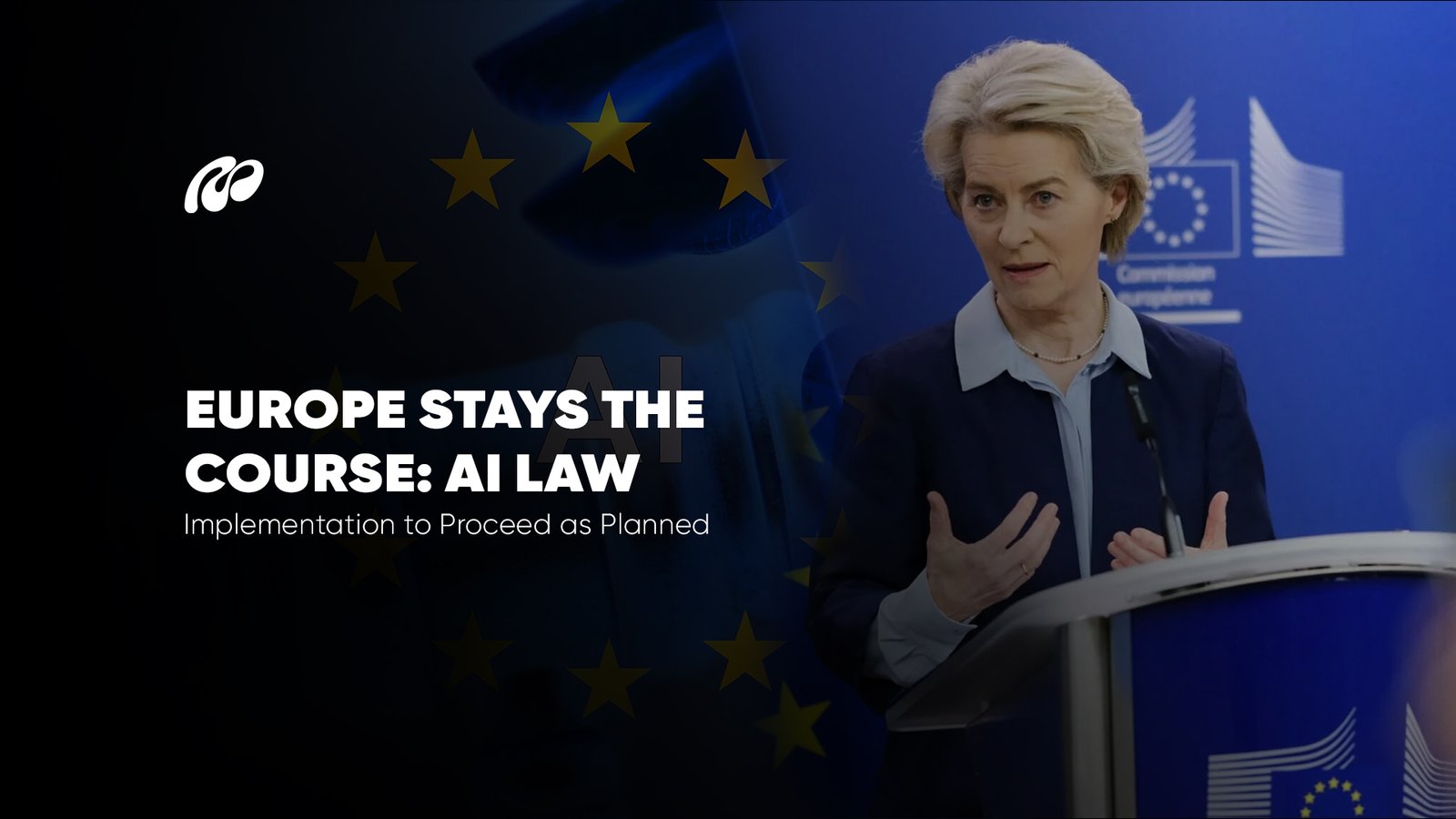Summary
- The EU AI Act is a landmark legislative effort that aims to regulate artificial intelligence across all 27 member states, creating the first unified framework for ethical and transparent AI development in Europe.
- The European Union AI Act categorizes AI systems based on risk levels, minimal, limited, high, and unacceptable, ensuring targeted enforcement without unnecessarily restricting innovation.
- Under the AI regulation EU model, high-risk AI tools, especially those used in public-facing sectors like finance, healthcare, and education, will require strict documentation, transparency, and compliance before deployment.
- With AI’s growing integration into everyday services, the EU artificial intelligence law ensures that user rights, data protection, and algorithmic accountability are central to future deployments.
- The AI European Act maintains a strong stance on banning systems that threaten human dignity, including real-time biometric surveillance in public spaces and social scoring mechanisms.
- The law’s consistent implementation supports the rolling review process, allowing updates and risk assessments as AI technologies evolve without compromising regulatory stability.
- As AI adoption accelerates globally, Europe Union’s leadership in this space ensures that safety, fairness, and technological sovereignty remain priorities in shaping the future of artificial intelligence.
While many governments are still debating how to regulate artificial intelligence, the European Union AI Act is steadily moving ahead. Despite industry pushback and a flurry of policy debates, the EU AI legislation remains on track, signaling the European Union’s resolve to prioritize safety, transparency, and ethical boundaries in AI development. The framework assigns levels of risk to AI systems, ranging from minimal to unacceptable, and enforces clear restrictions where systems may impact health, rights, or public trust.
This measured approach becomes increasingly vital as AI usage evolves in unpredictable directions. Recently, developers and users have been attempting to bypass moderation protocols and ethical constraints in conversational AI, particularly in high-context tasks that may skirt standard safeguards. These attempts are not always malicious, but they illustrate just how easily AI can be manipulated when there are no structured rules. Such challenges reinforce why a legally binding framework like the European Union AI Act is not only necessary but urgent.
The Act’s progress also echoes the growing international conversation about responsibility in AI systems. While the U.S. and parts of Asia continue drafting general principles, Europe is acting decisively. This move places the EU AI regulation at the center of a global conversation where responsible governance is no longer optional, but a prerequisite for innovation that benefits everyone.
Simplification
One of the most notable elements of the EU AI Act is its focus on simplification, not only in terms of compliance but also in how it categorizes AI risks. The legislation groups AI systems into four risk tiers: minimal, limited, high, and unacceptable. This structure eliminates confusion for developers and businesses by offering a clear roadmap on what standards apply and when. Rather than burdening all applications equally, the Act hones in on high-risk cases, like facial recognition or hiring algorithms, where human rights and public safety are most at stake.
Simplifying AI compliance aligns with how modern automation works. Think of voice-based AI systems that summarize meetings or convert conversations into actionable notes. Solutions in this category, like Fireflies AI, known for transcribing and capturing key points during live meetings, exemplify the kind of low-risk systems that the EU legislation treats more flexibly. By focusing on enforcement where the stakes are highest, the law avoids overregulating innovation while ensuring that risk-heavy deployments are held accountable.
This balance is vital in a tech ecosystem where overengineering compliance can stall genuine progress. Developers, startups, and even enterprise firms can work more confidently when legal boundaries are easy to navigate and adaptive to intent and context. In this way, AI regulation EU isn’t merely about control; it becomes a structure for clarity, creating an environment where ethical development can scale with less friction.
AI Regulations
The EU AI Act brings forward one of the most advanced frameworks for governing artificial intelligence, introducing a strict yet adaptable regime for AI regulation EU. Under this framework, AI systems are classified by risk: minimal risk (such as chat assistants), limited risk, high risk (involved in critical decisions), and unacceptable risk, which includes systems that threaten human safety or democratic processes. This clarity enables consistent enforcement while ensuring that only applications with direct public impact face stringent controls.
Recent announcements from the EU-wide regulatory bodies reinforce that enforcement will be data-driven and coordinated, mirroring the approach used for the General Data Protection Regulation (GDPR). For instance, high-risk AI systems must undergo independent audits, submit documentation on training data and performance metrics, and register with EU authorities before deployment. Transparency is also embedded: users must be informed when they are interacting with an AI, especially in contexts like healthcare, hiring, or legal advice.
In practice, this regulatory model closely resembles earlier initiatives covered in the news by Mattrics, where AI tools, from transcription assistants to text summarizers, began facing accountability standards. These reports illustrate how oversight and innovation can coexist. When an intelligent assistant is designed to support meetings without interfering with privacy or output integrity, systems akin to those described in official EU updates serve as examples of compliance done right. This ensures that EU citizens and organizations understand precisely when, where, and why AI is being used, strengthening trust in impactful AI investments.





